Sponsored by Himi City
With its gorgeous landscapes, Himi, a small town on the water by Toyama Bay, boasts fantastic views of the northern part of the Japanese Alps as well as exquisite culture and a booming fishing industry. Himi offers fascinating history in the middle of beautifully wild nature. Let’s explore Himi in depth …
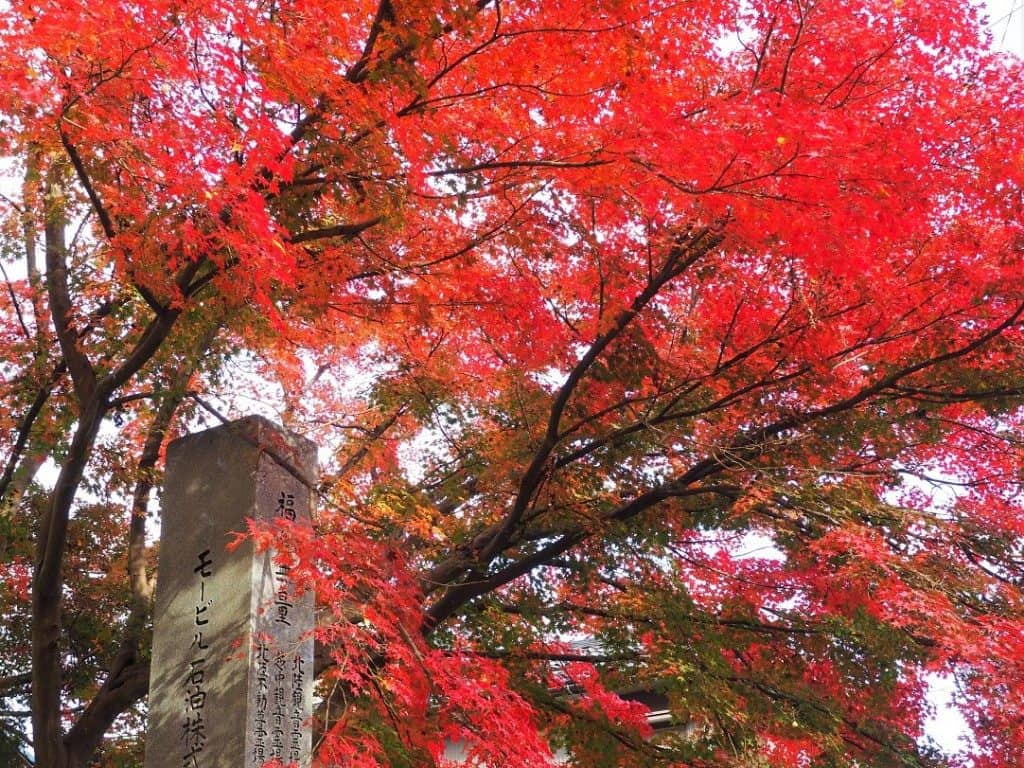
Asahiyama Park and Its Temples
Autumn is certainly the most beautiful season to admire the many colors offered by the beautiful nature in Toyama and Himi. Wandering in Asahiyama Park is very pleasant to say the least but, combined with the view of a gigantic 24m tall gingko tree (the roots 12m), over 1000 years old, overlooking the Jyonichi-ji Temple and it’s an experience you do not want to miss. The trunk is truly surreal! For the most magical experience, I’d recommend visiting in autumn, when the majestic gingko is adorned with incandescent yellow foliage.
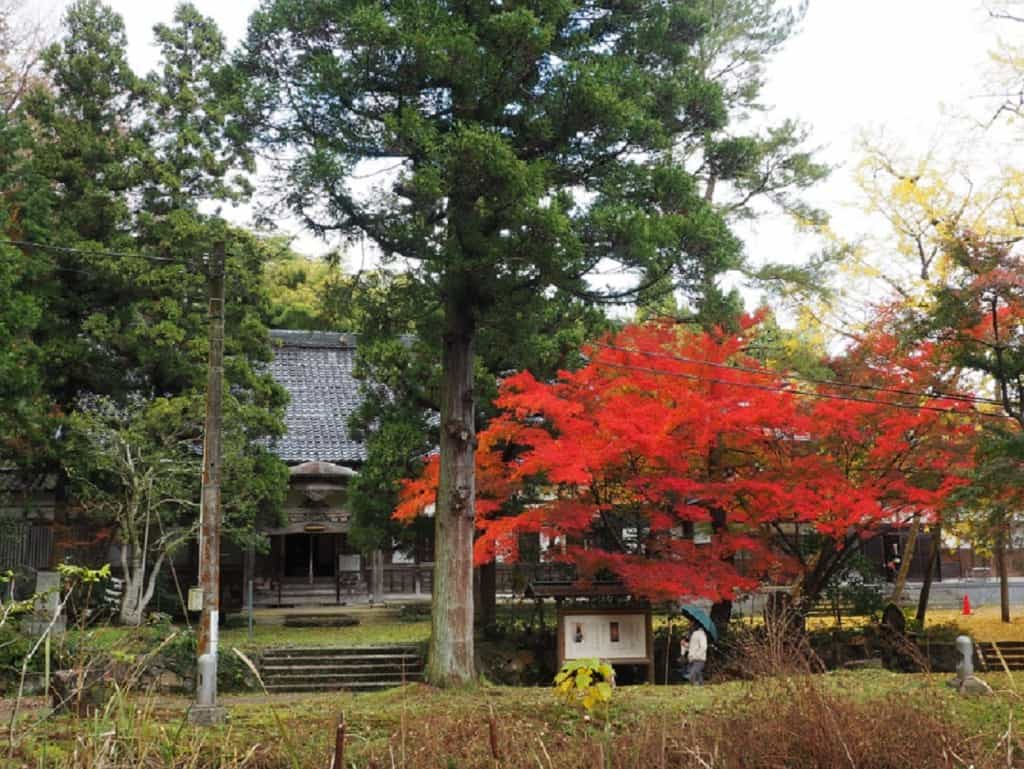
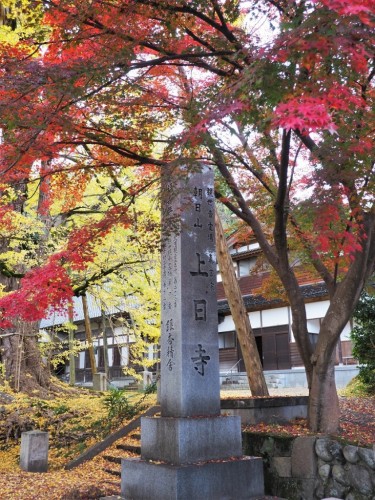
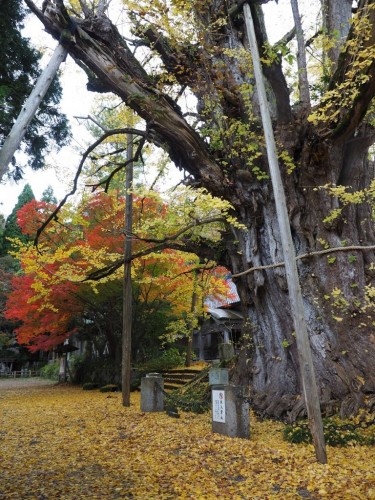
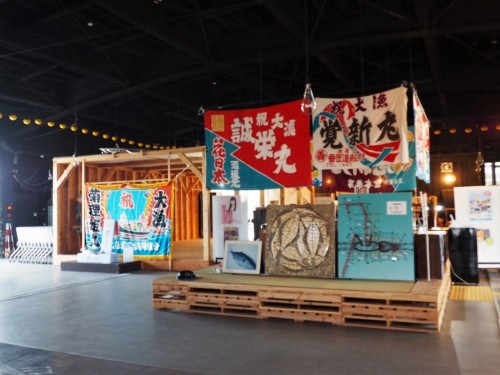
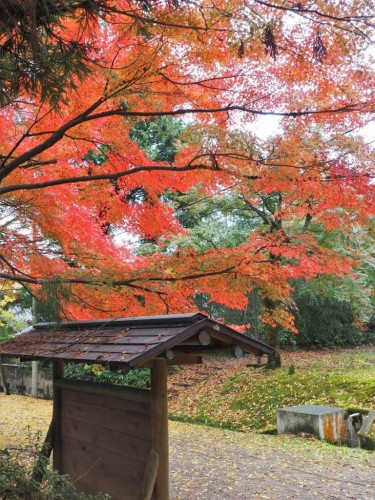

Senju-ji Temple (千手寺), another temple particularly popular among the Himi locals, was founded in 681 and is one of the oldest existing temples in Himi. You can find it on one of the higher parts of the city.
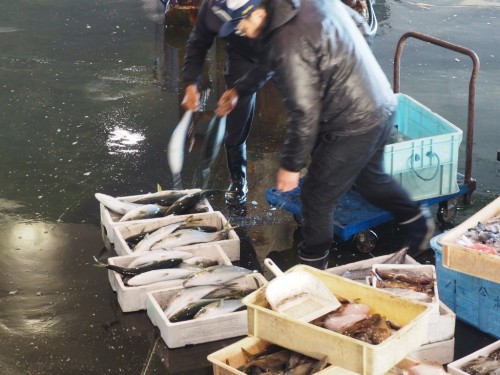
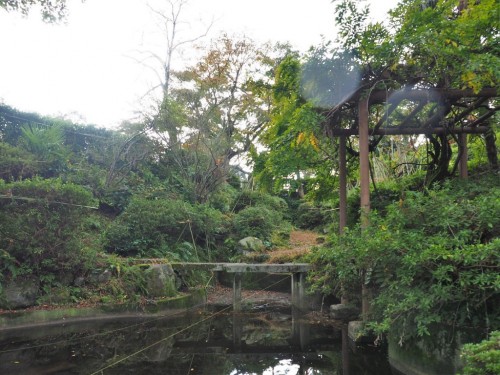
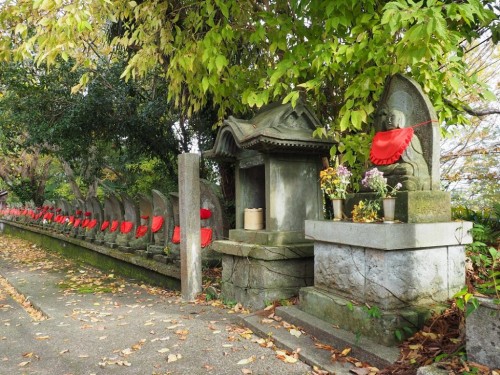
The pass you took to the temple will continue to climb to the top of the park, which offers a panoramic view of the city and (if the weather is good) an exquisite view of the mountain range in the distance. This view is certainly worth the trip! In spring, the park is adorned with cherry blossoms and the Japanese festival, hanami begins, drawing big crowds to the park.
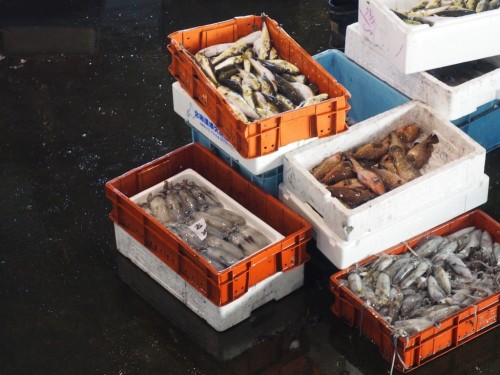
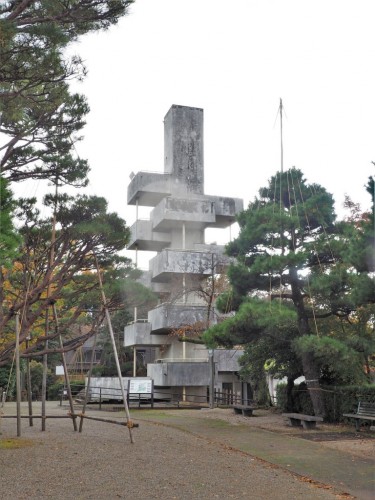
Michi-jinja Shrine
A little further north of Himi, 20 minutes by car (or by bus to the Nakata 中田 stop), you will find three temples in the locality of Nakata. Michi-jinja Shrine in one of these shrines located close to the sea in the forest. This site is very peaceful and offers you a glimpse of soothing coast.
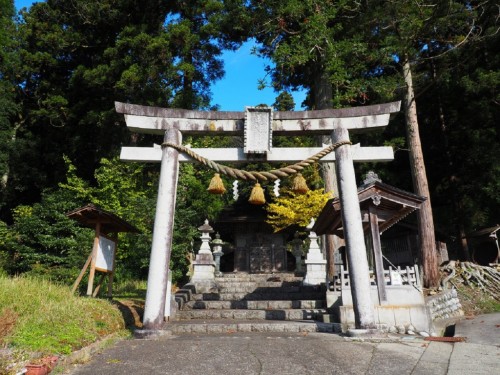
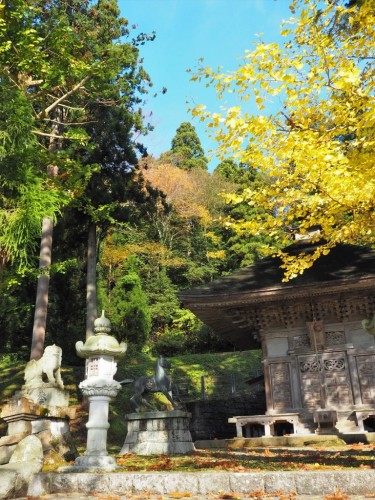
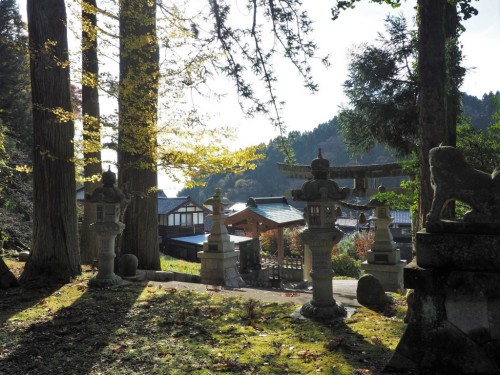
The Remains of Jomon and Yayoi: The Ozakai Cave Ruins
This rather surprising place is an entirely natural cavity formed six thousand years ago from erosion.
Many traces of ancient inhabitants, including pottery and even human bones, were found in the cave when it was discovered in Ozakai in 1918. Today, the site is classified as a national historic site and a record of the prehistoric periods of Japan. You can even visit the cave for free! It may lack in depth but having the opportunity to explore how these civilizations inhabited the place in the ancient and middle ages is not an opportunity that presents itself very often. In addition, a small shrine, the Hakusansha, was built in the axis of this cavity, facing in the sea.
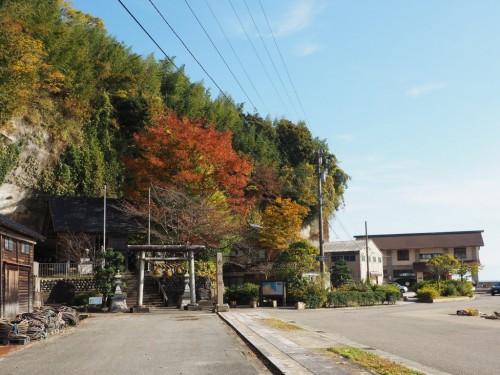
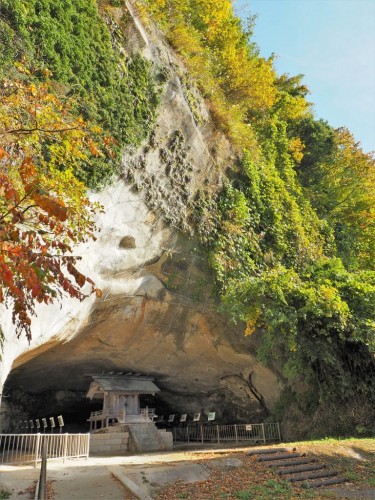
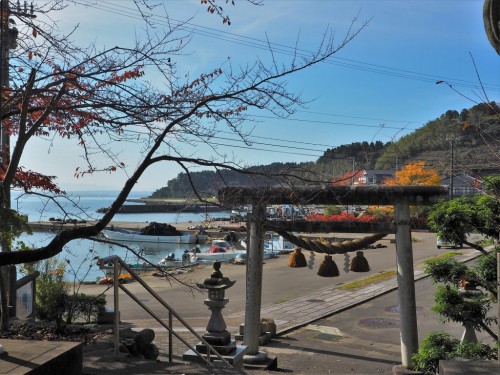
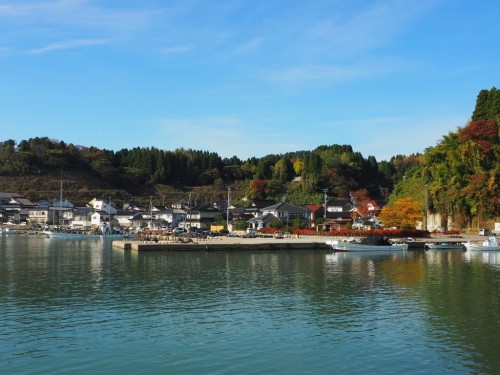
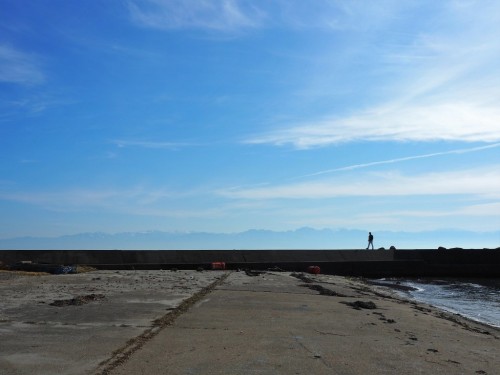
Don’t hesitate to continue your walk via the pedestrian path in the forest, to reach the observation point of Kudonohama (also accessible by road). You will pass through cultivated fields of mandarin oranges, persimmon and daikon, the great Japanese radish, and enjoy a beautiful view of the bay and Tateyama mountain range.
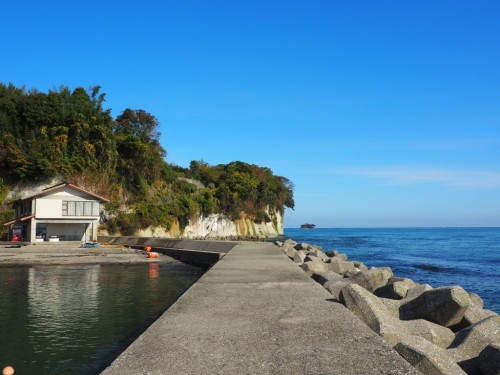
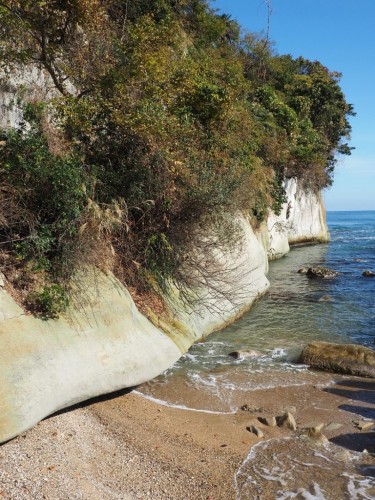
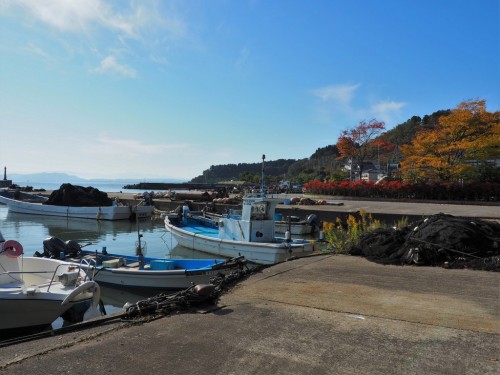
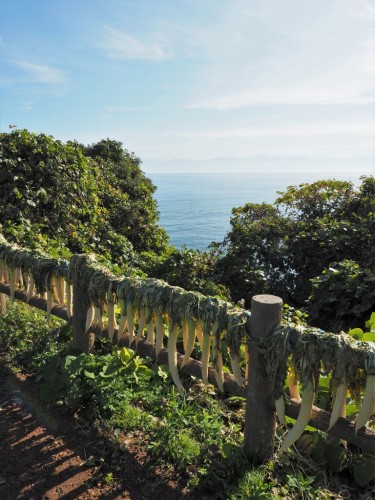
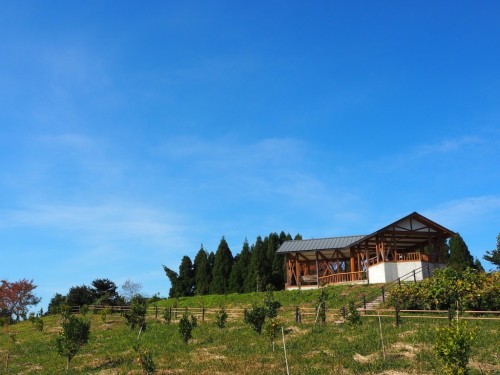
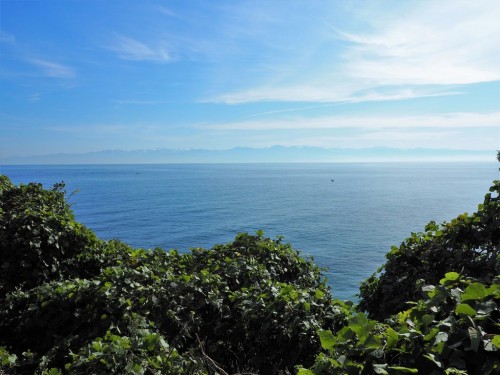
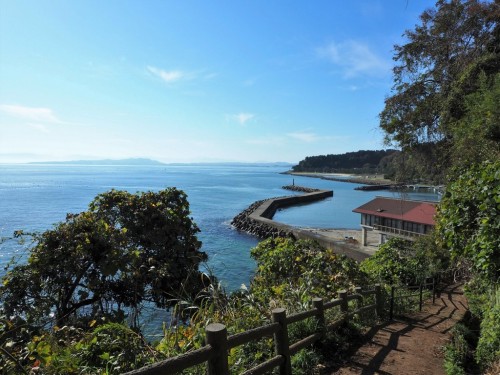
Hamamoto House
Lovers of architecture and Japanese culture, I strongly encourage you to visit this traditional house. Built 110 years ago, during the Meiji era, it is the old villa of a family that made a fortune in the Buri fish trade.
The place is not only surprising in its size, but also in its atypical construction. Everything has been designed with great care, and successive generations have managed to preserve the atmosphere of the place, which is full of riches: gilded screens, ornate shoji, prints, lacquers, silk hangings, an interior Japanese garden, and an impressive collection of pottery, ceramics and kimonos kept in the warehouse. The place is also home to an old miso factory.
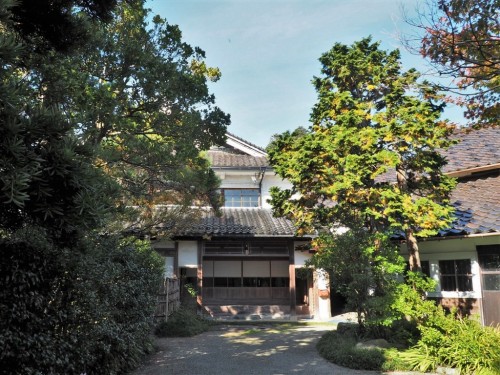
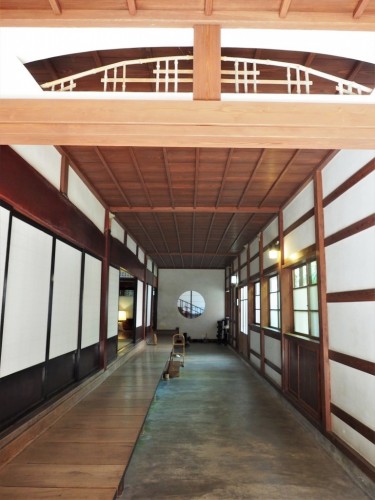
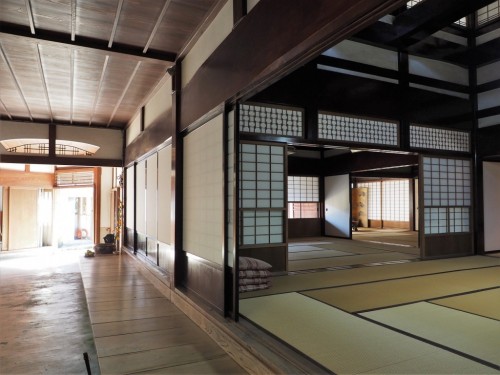
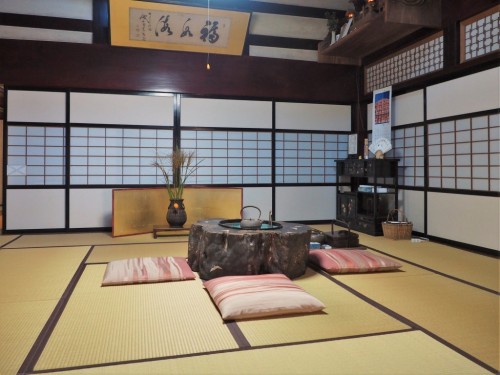
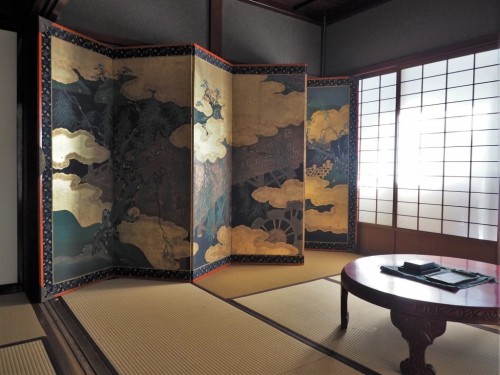
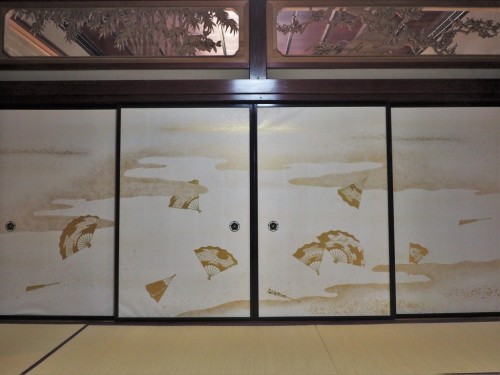
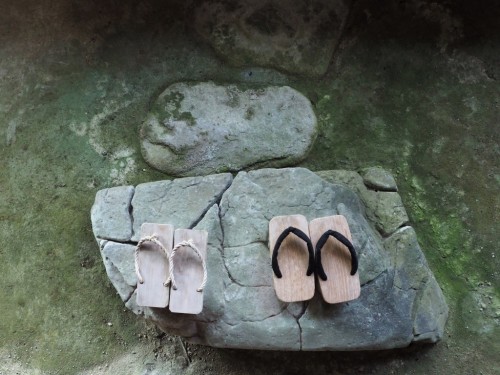
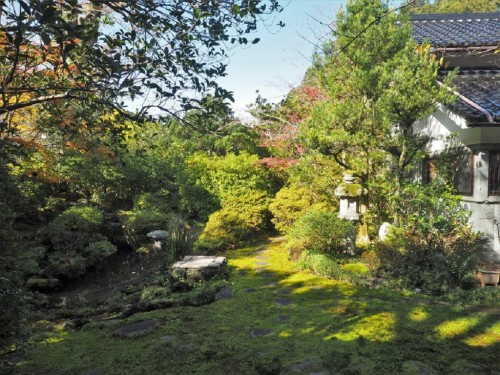
The current owners are very happy to contribute to the preservation of this exceptional heritage, and have always tried to spread the story of this house. You can book your visit for 450 yen per person with matcha tea served with a wagashi, a Japanese pastry for 1080 yen per person. Why not have a meal here while contemplating the beauty of the pristine garden (4500 yen per person – a reservation is needed in advance).
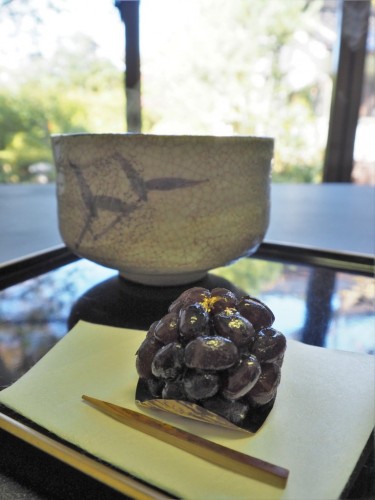
How to Get to Himi?
Just an hour from Kanazawa (easily accessible by car and Shinkansen, via Shin-Takaoka) is another cultural gem near the northern part of the Japanese Alps. Himi offers you breathtaking scenery and an escape from the big, crowded cities. About 4 hours from Kyoto and Tokyo by Shinkansen, Himi is the ideal destination for a weekend in the countryside.
From Tokyo, there are two main ways to get there:
- Take the Hokuriku Shinkansen bound for Kanazawa, and get off at Shin-Takaoka. From there, take a local bus (platform number 4 from the bus station, 500 yen) that will take you the michi-no-eki station named Himi Banyagai, close to the port and the city center.
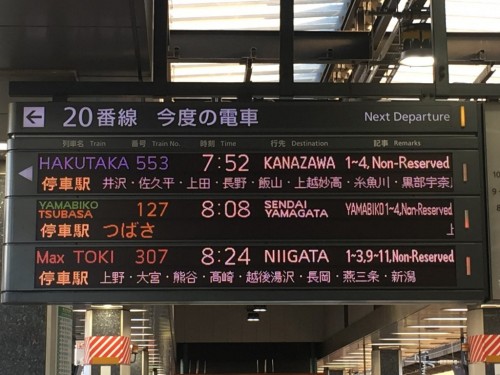
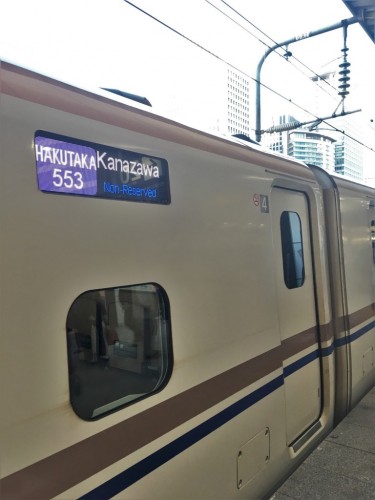
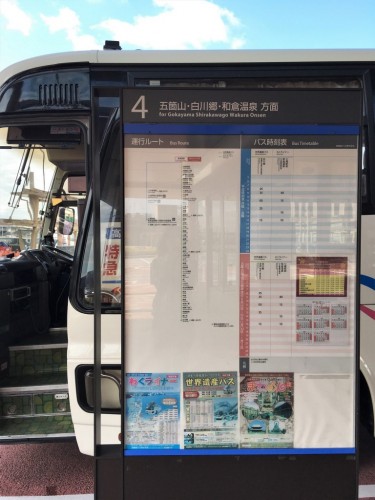
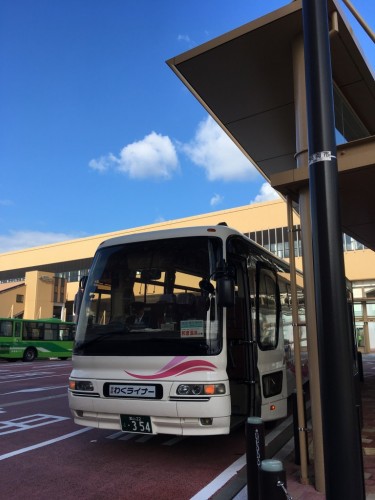
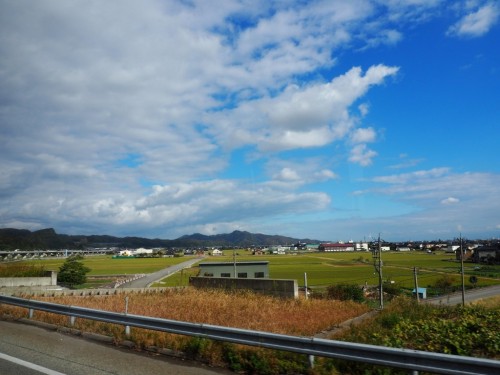
- Another option : take the same Shinkansen but this time, get off at Toyama. Then, take a train on the Toyama Line (Ainokaze Toyama Tetsudo) and get off at Takaoka (4 stops). Finally, take a train on the Himi Line and get off at the last stop, Himi Station. Enjoy the sea of Japan and its beautiful landscapes.
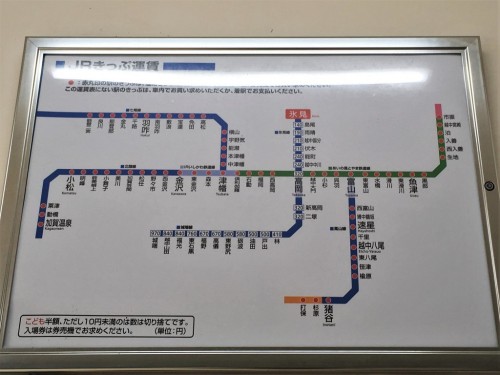
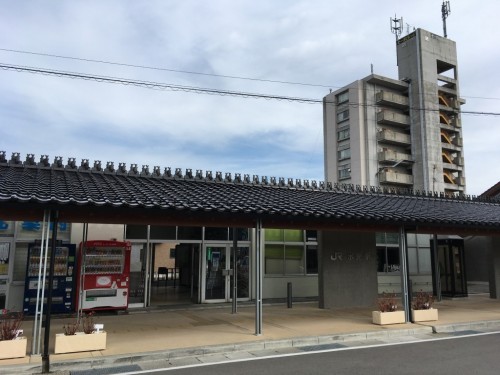
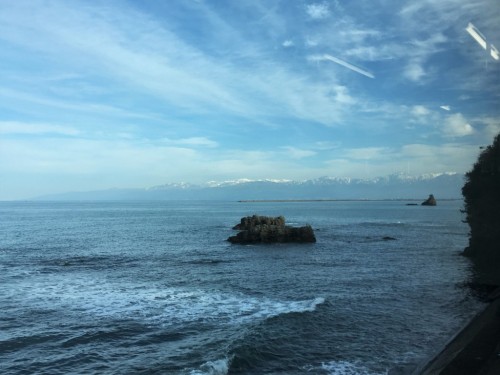
Once there, you can rent-a-cycle, an electric bike for 500 yen and a normal bike for 200 yen a day, if you decide to stay in the center. But it is better to rent a car if you also want to enjoy the many activities in the surrounding areas.
- Official Website of Toyama Prefecture.
- Himi Tourism Information.
Translated by Aika Ikeda
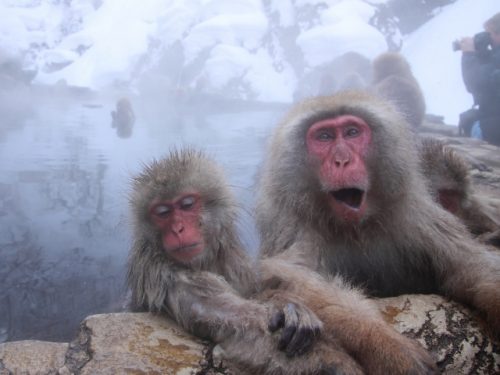
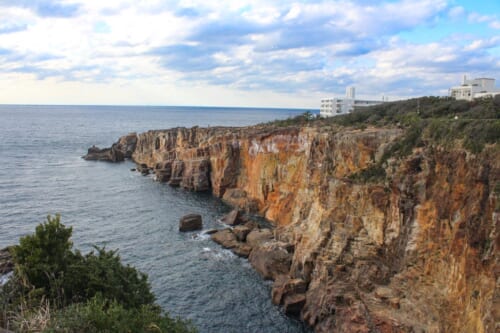
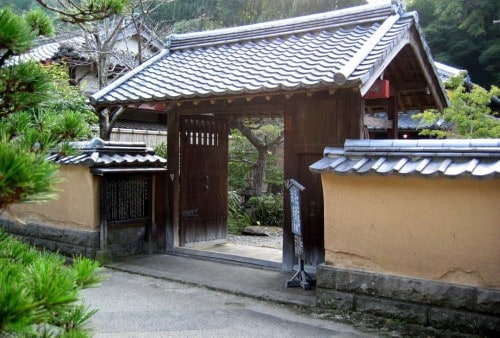
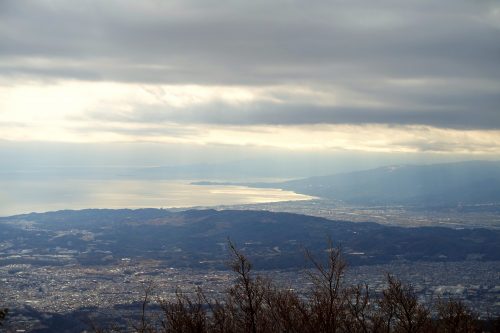
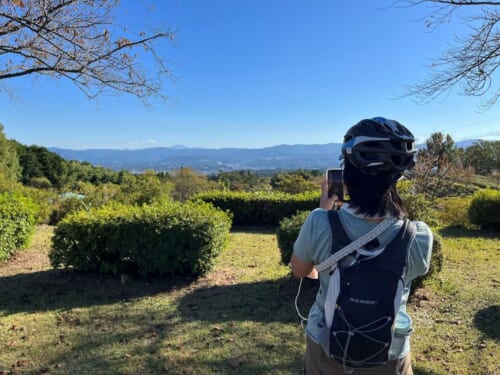


No Comments yet!